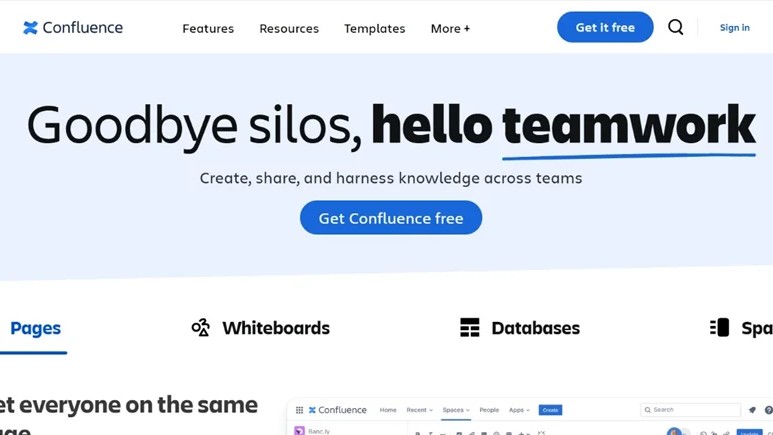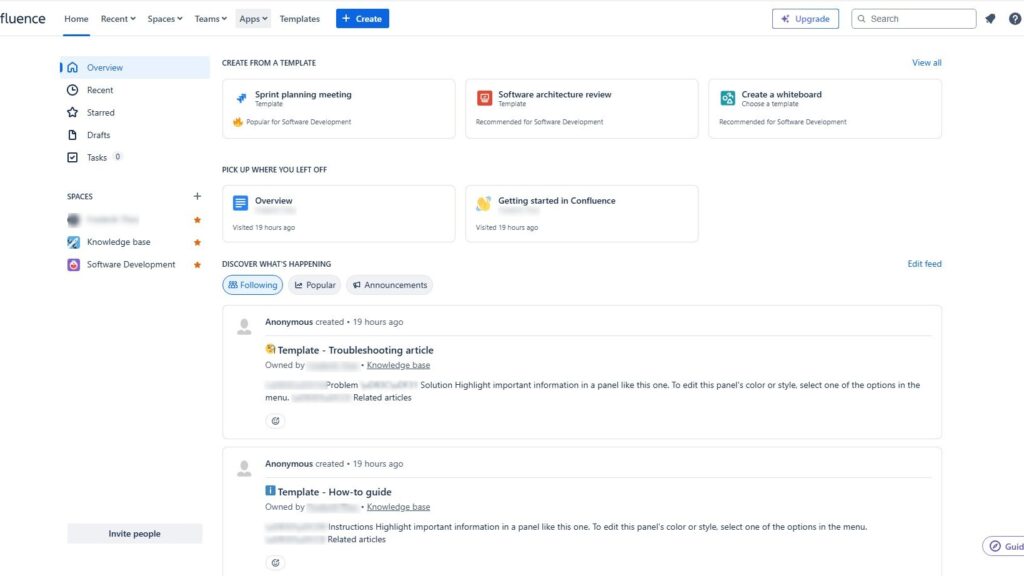When working on software projects, applying the right Tips for Requirements Modeling with UML can make all the difference. In my experience, effective modeling depends on clarity, structure, and communication. Using UML diagrams helps visualize complex requirements and align stakeholders. In this article, I’ll share my best Tips for Requirements Modeling with UML, offering practical strategies to make your modeling process more efficient, consistent, and easy to understand.
Use Textual Requirements to Enhance Clarity
In some cases, the standard UML options might not be sufficient. If the diagrams are not easy to understand, I often add textual requirements. For example, when a diagram doesn’t convey the full picture, adding a few lines of explanation can bridge the gap. This approach helps in making sure that everyone involved, especially non-technical stakeholders, can follow along.
Additionally, textual requirements can provide the needed context. Suppose a diagram shows a complex relationship between different entities. By adding a simple explanation, you can clarify what the diagram represents. Therefore, don’t hesitate to complement your models with descriptive text.

Clarify Views of Things in Stakeholder Language
Another tip is to be mindful of how terms are used by project stakeholders. Often, the same term can refer to different things or different views of the same thing. For instance, the term “request” might mean an empty form, a completed document, or data in the system. To avoid confusion, I make sure that diagrams clearly specify the meaning of each term.
One way to achieve this is by using stereotypes in UML. For example, if “request” could refer to different stages of a process, I might create a stereotype for each meaning. This ensures that everyone understands exactly what the model is depicting.
Pay Attention to Length vs. Number of Strings
When defining attributes that contain text, such as a person’s name, it’s crucial to specify the maximum length of the string. I’ve noticed that multiplicity is often misused in this context. For example, first name:string[40] might be mistakenly interpreted as allowing 40 first names, rather than defining a string with a maximum length of 40 characters.
To avoid this common pitfall, I prefer to define a special data type that clearly indicates the string length. This approach eliminates ambiguity and ensures that the requirements are accurately captured.
Consider Using OCL for Precise Specifications
For those times when I need to define constraints with precision, I turn to the Object Constraint Language (OCL). Although OCL can be a bit challenging to understand, it offers a way to formally specify requirements. For instance, if I need to set a rule that a customer must be 16 years old or older, I can write it in OCL as follows:
context Person
inv: self.Client=true implies self.age >= 16This level of detail ensures that the requirements are unambiguous and can be validated against the model.
Conclusion
To sum up, effective requirements modeling involves more than just creating diagrams. By adding textual requirements, clarifying stakeholder language, properly defining string attributes, and considering formal specifications like OCL, I’ve found that I can create more accurate and understandable models. These tips for requirements modeling have been invaluable in my projects, and I believe they can help others as well.
What’s Next?!
Now that you’ve learned practical Tips for Requirements Modeling with UML, it’s time to take the next step toward mastering system structure. In my next article, “Unlocking the Power of Information Structure Modeling,” I’ll show how to organize and connect information effectively within your models. Join me to discover how strong information structures create clarity, improve communication, and form the backbone of successful system design.
This text is based on content from the source: International Requirements Engineering Board (ireb.org). The International Requirements Engineering Board is the owner of the copyright.
| What is SysML? The Benefits of Requirements Modeling: Why I Swear by Diagrams Understanding the Quality Criteria of Requirements Models What is Context Modeling? The Context Diagram |




